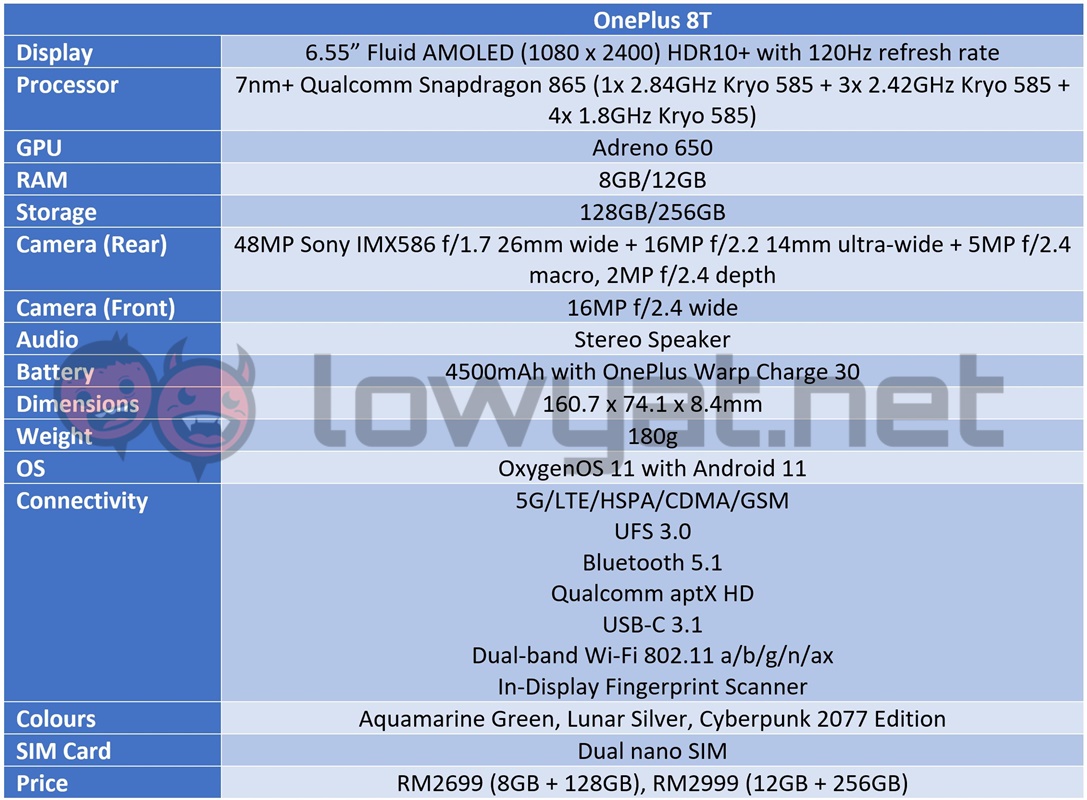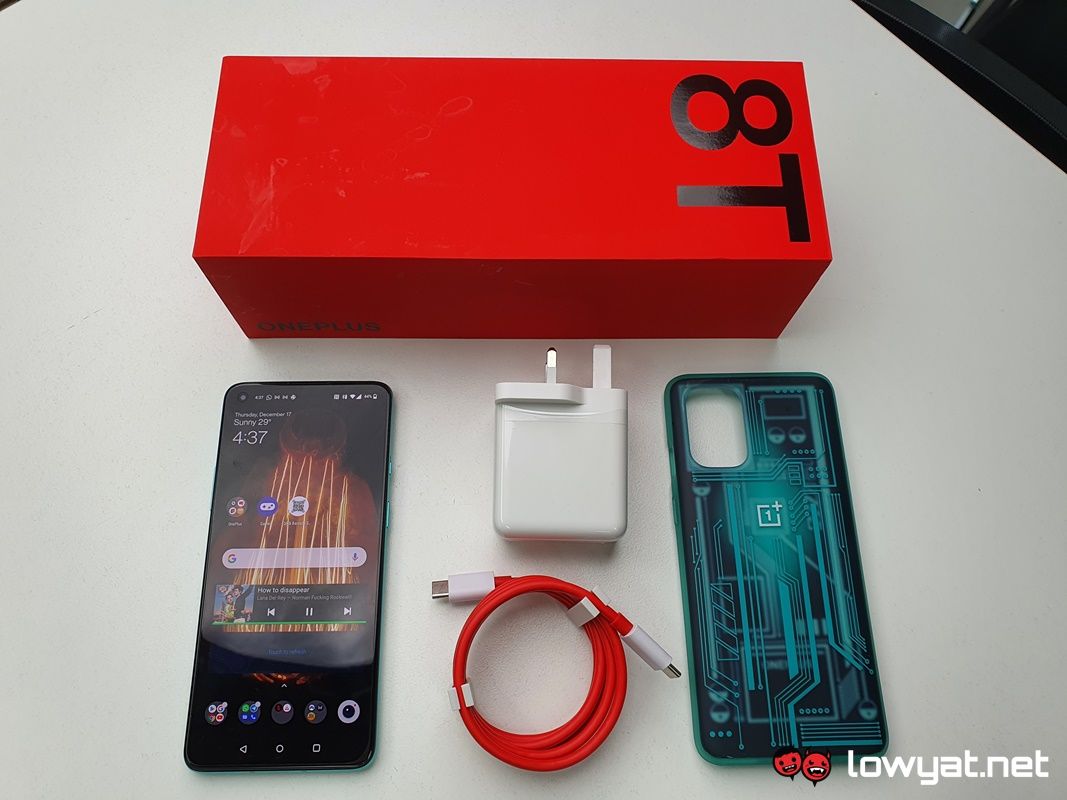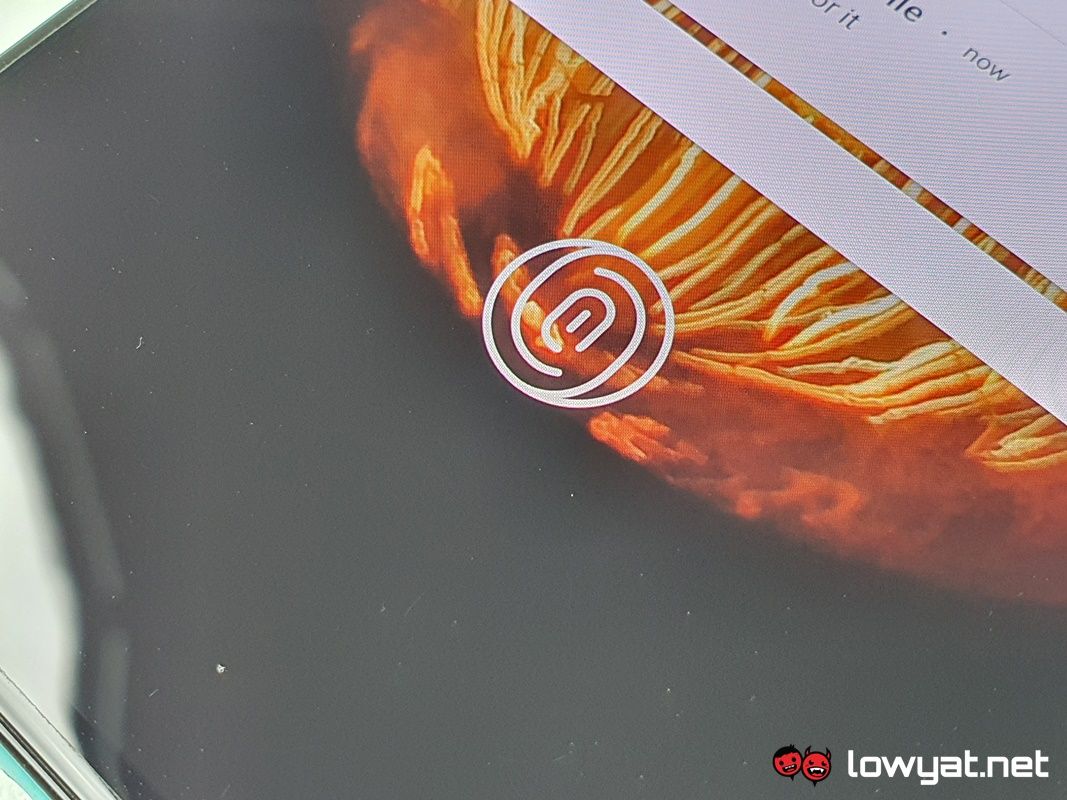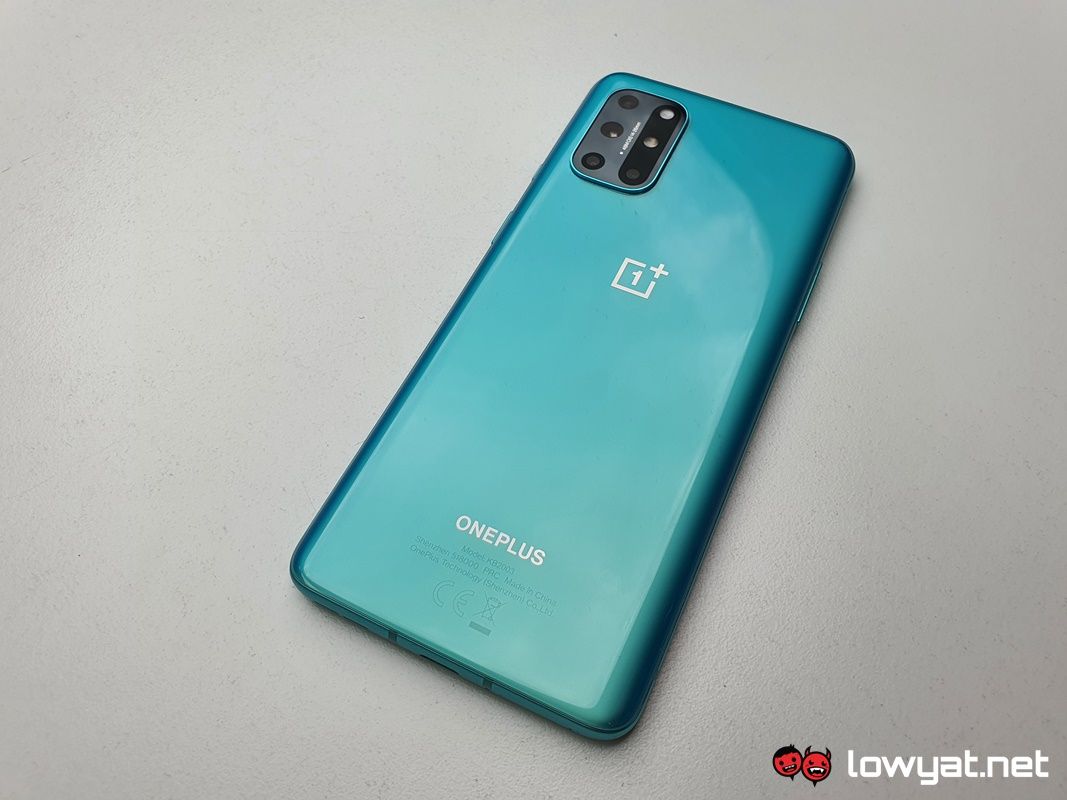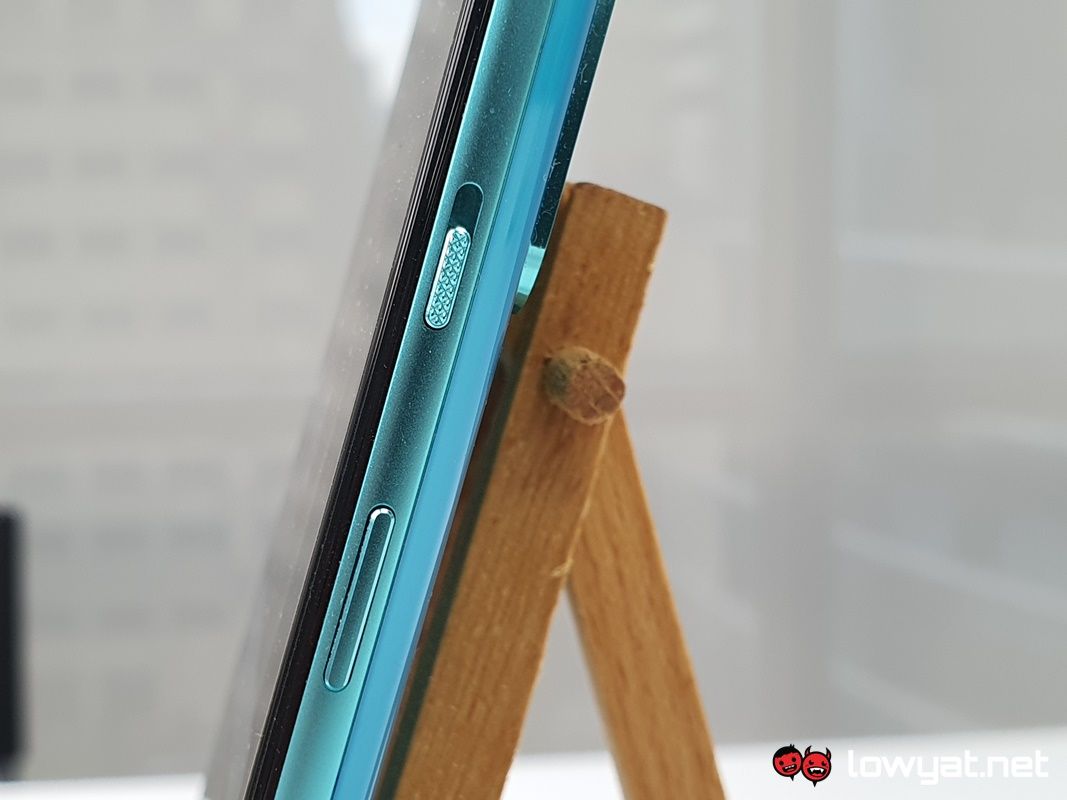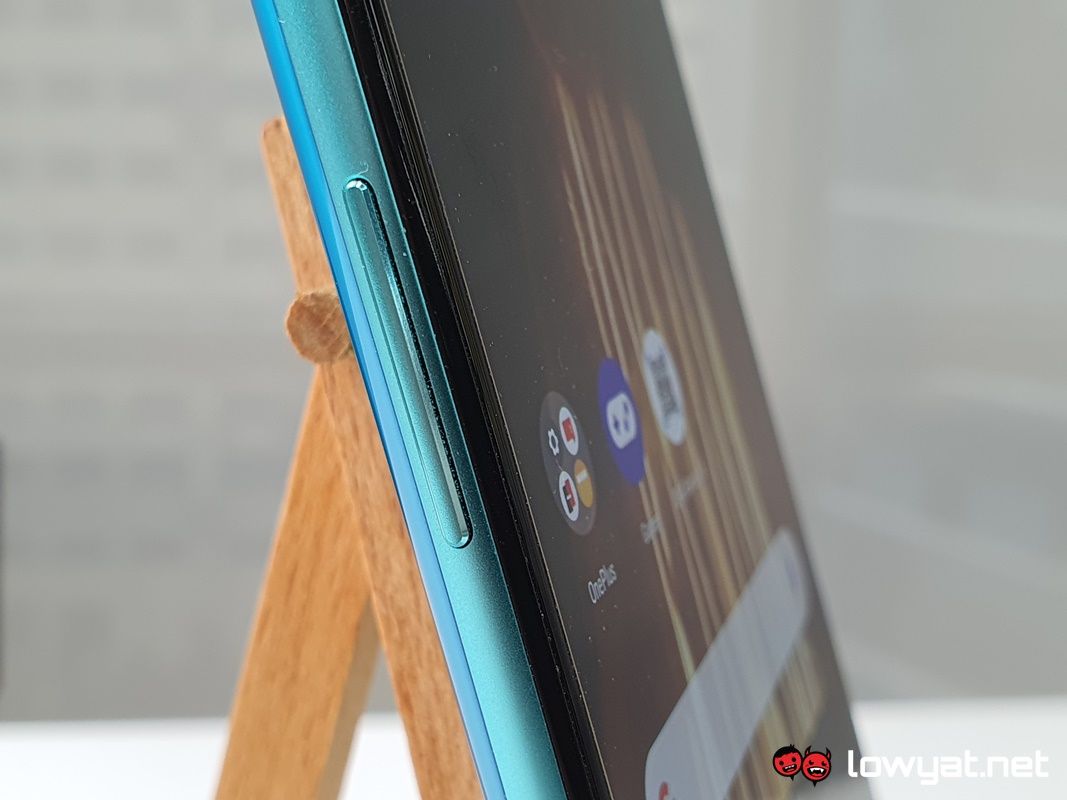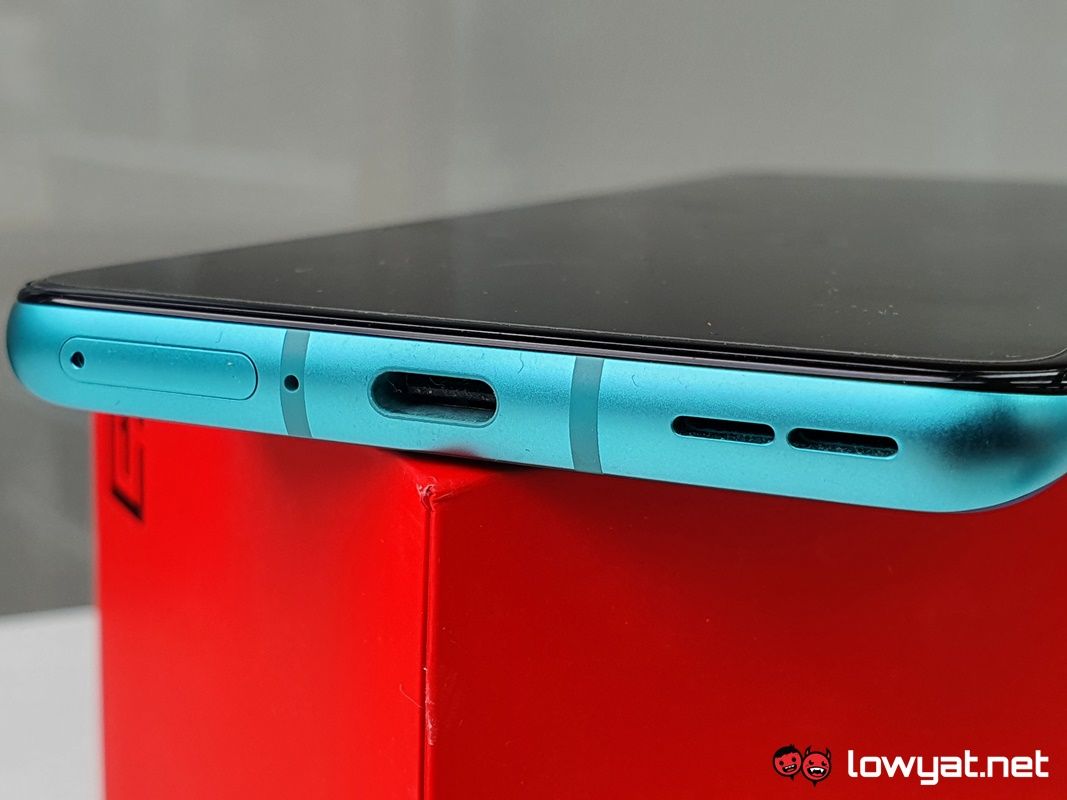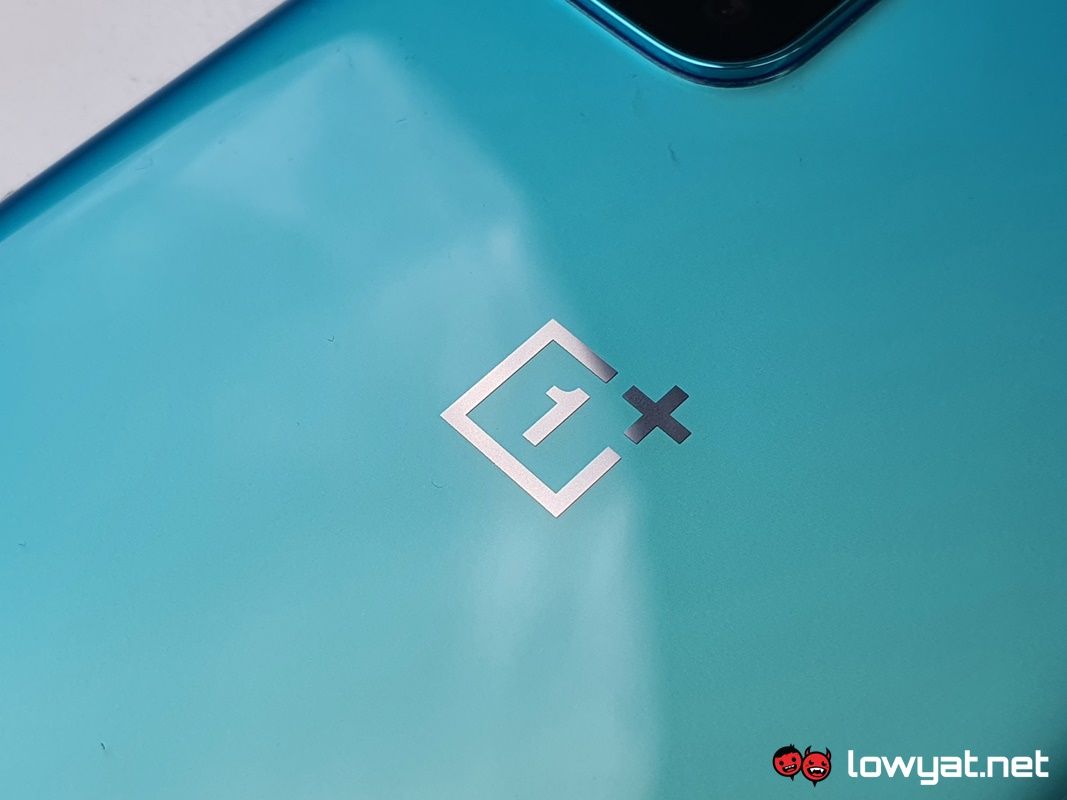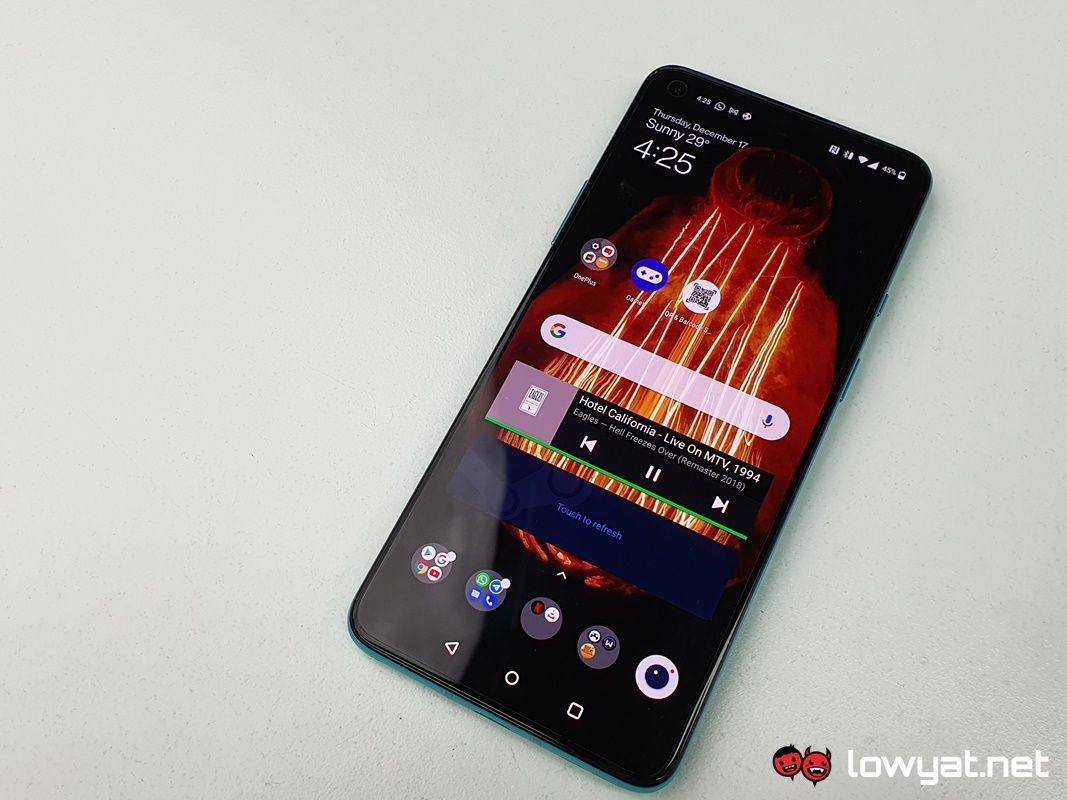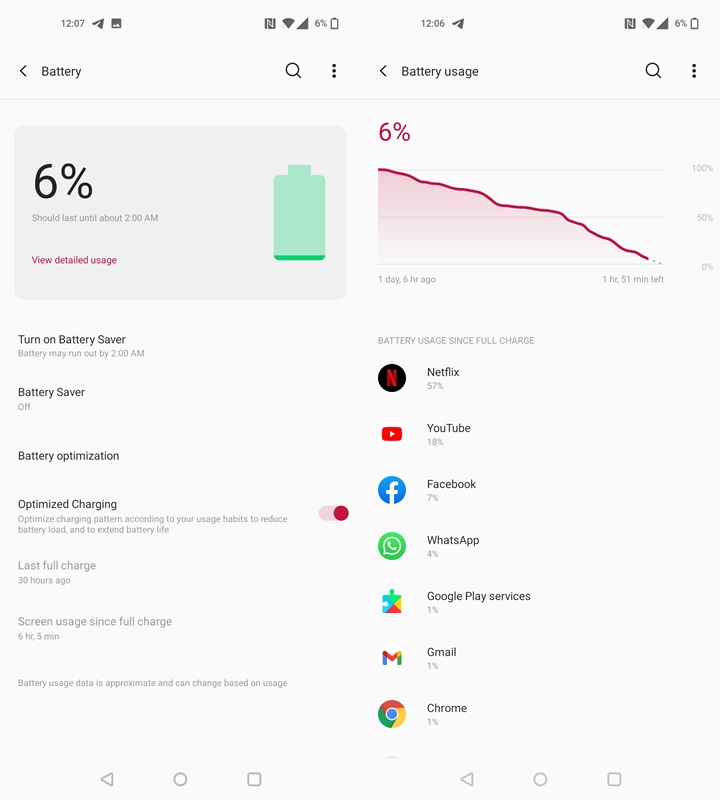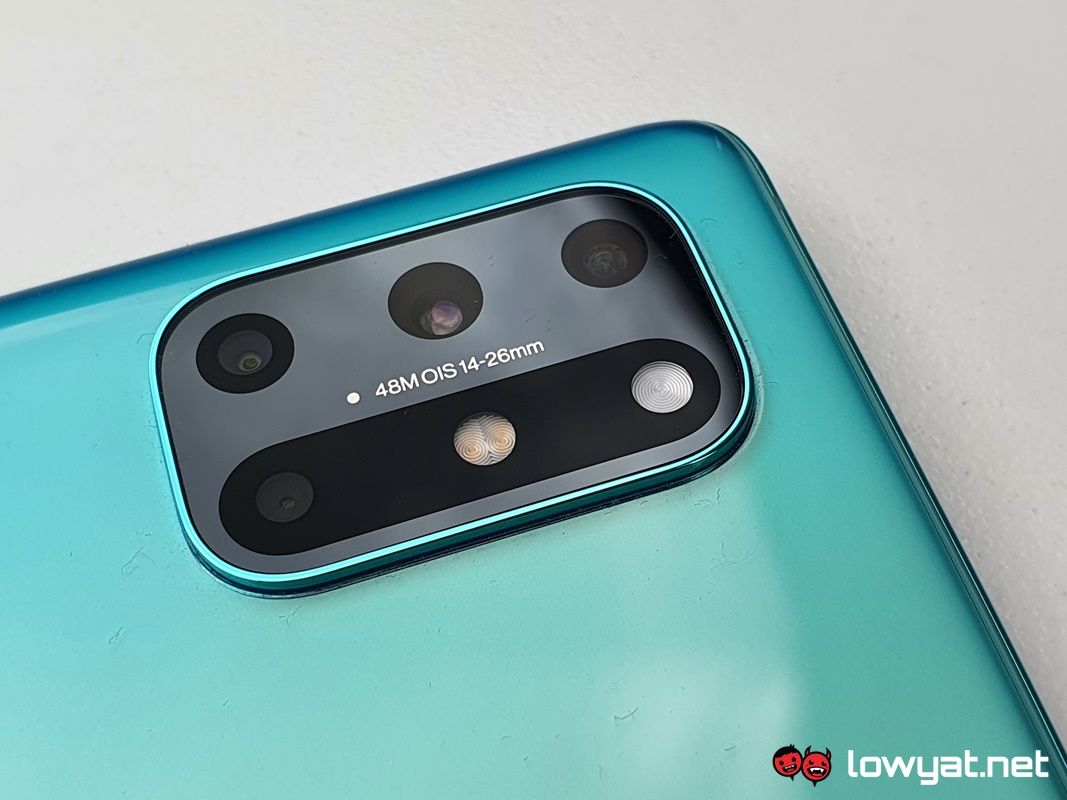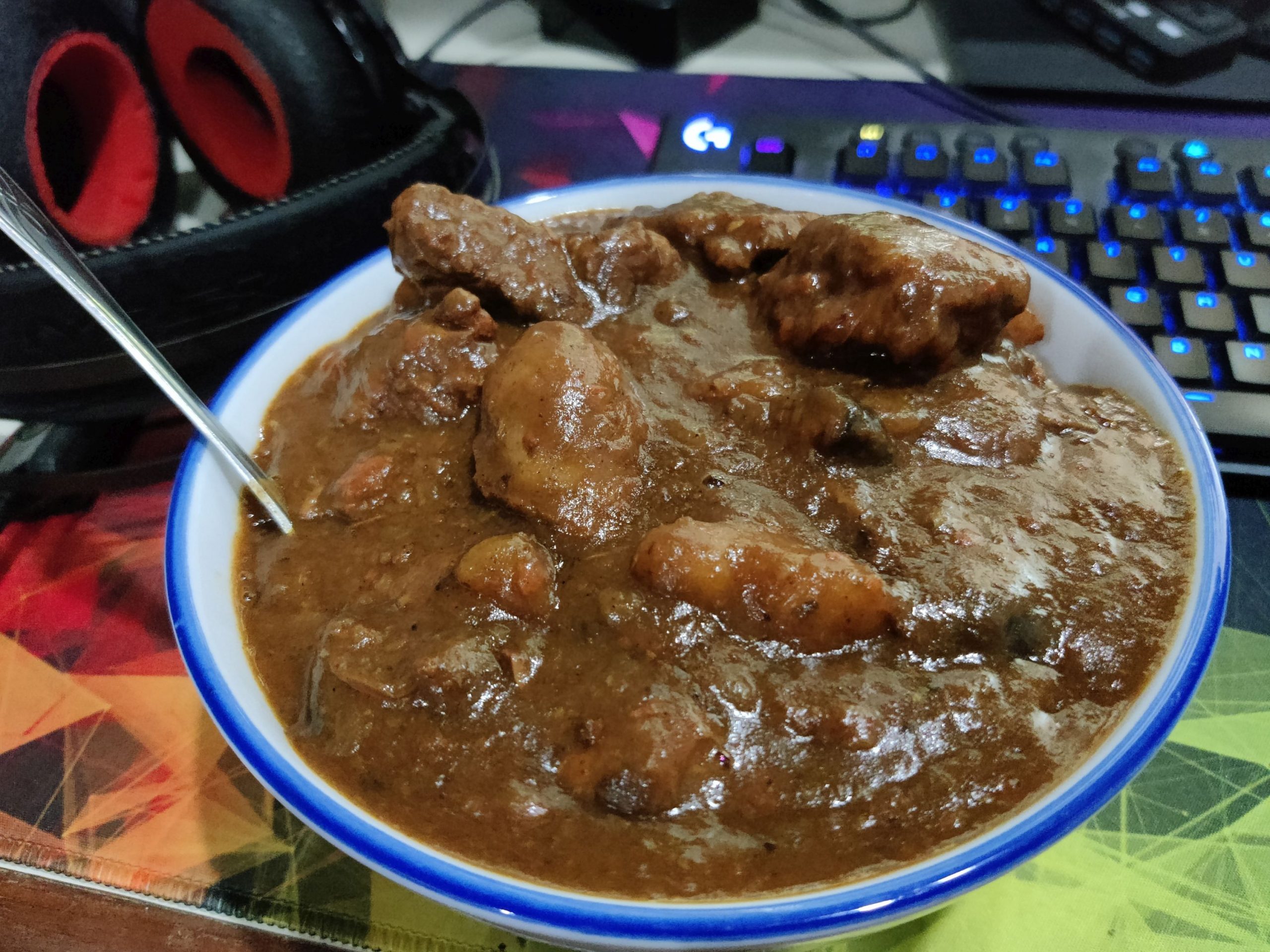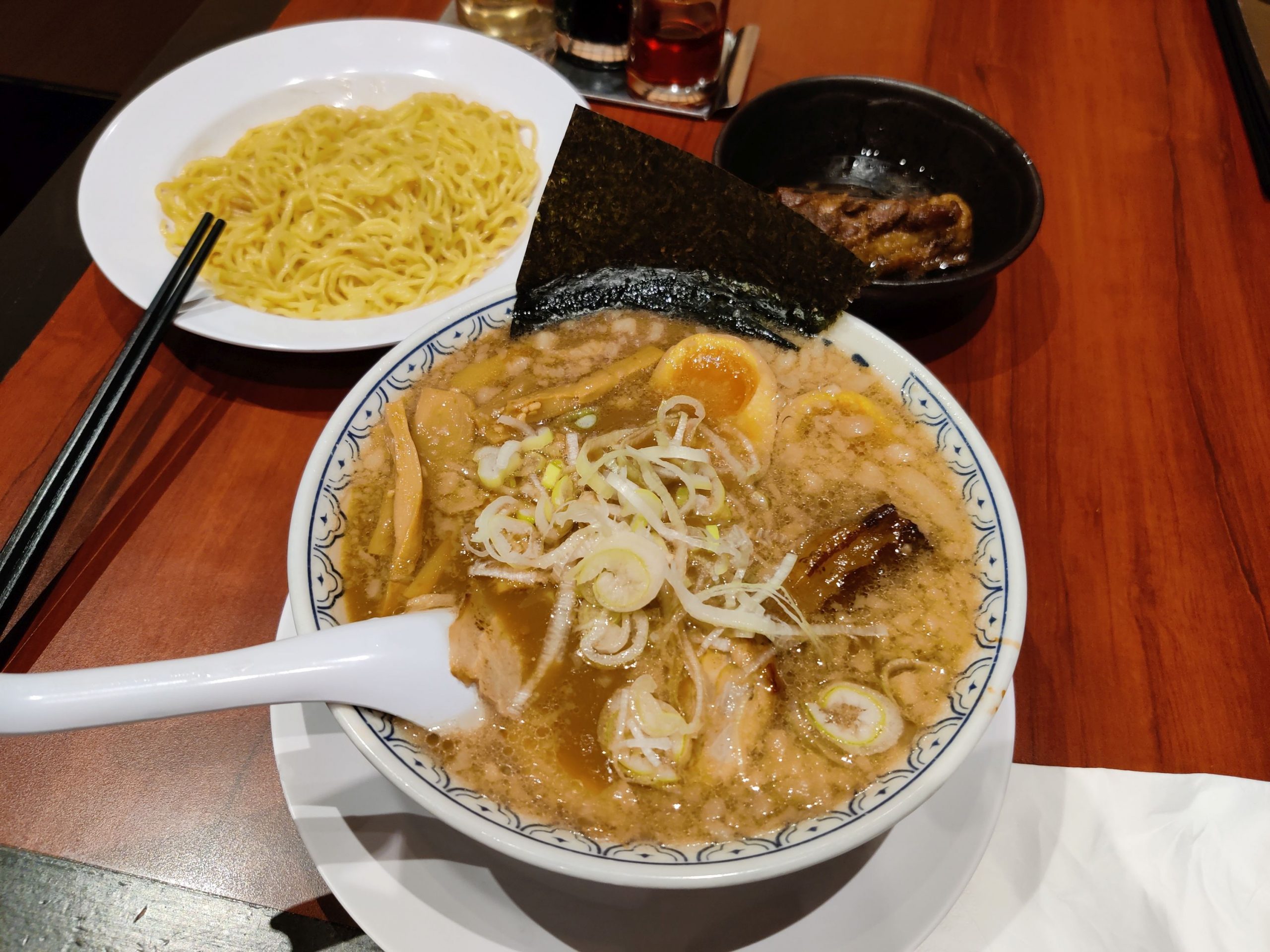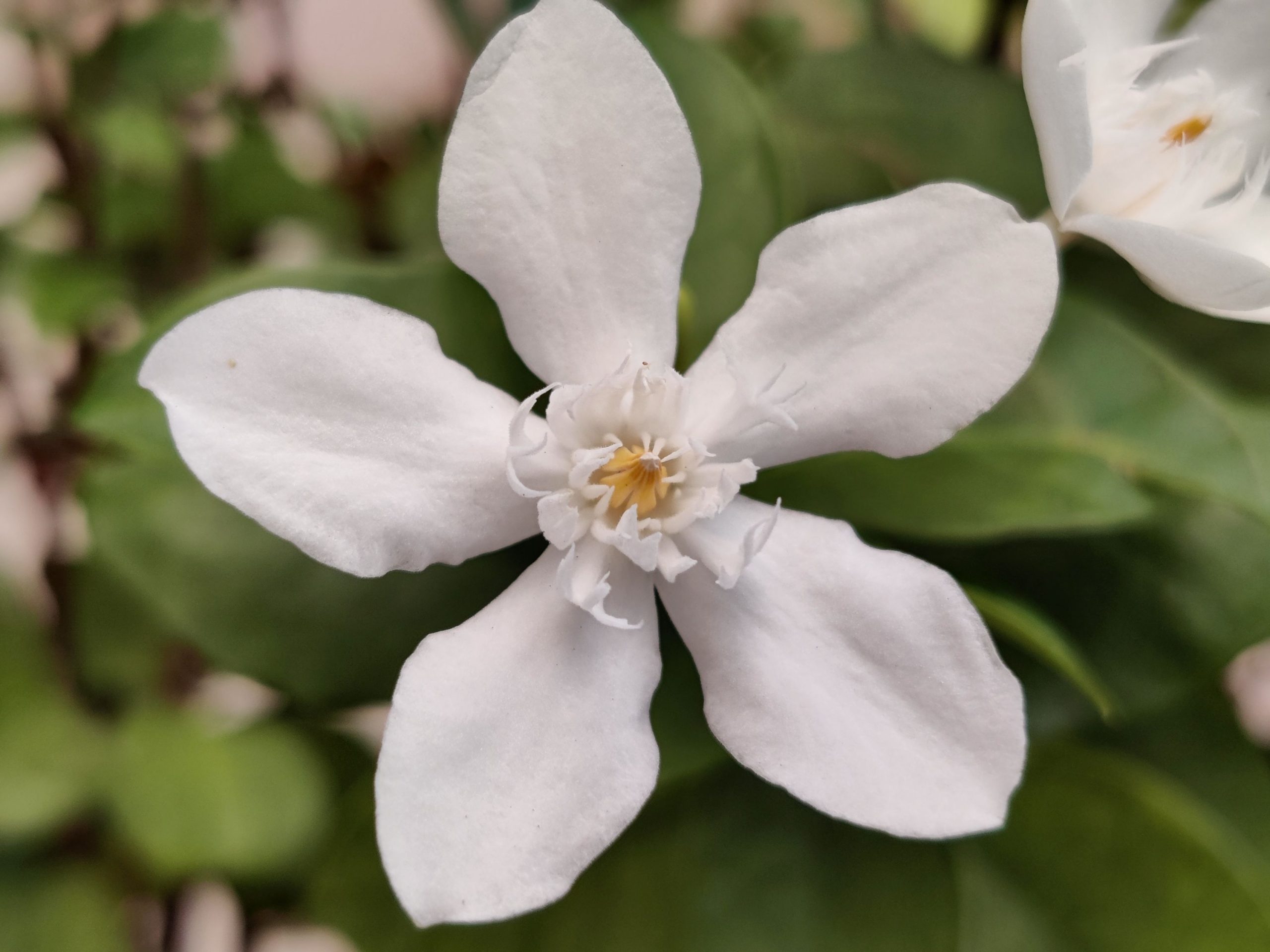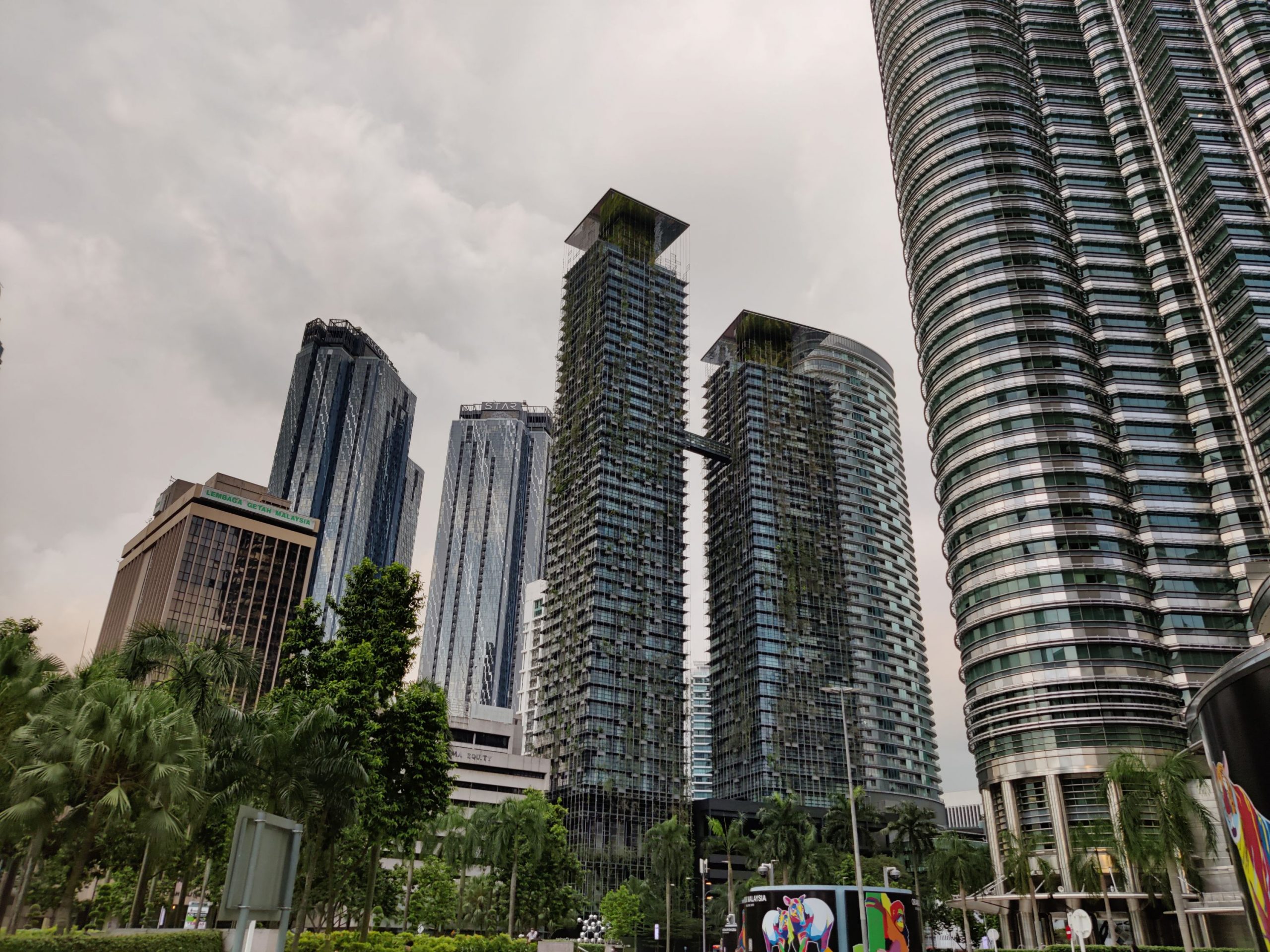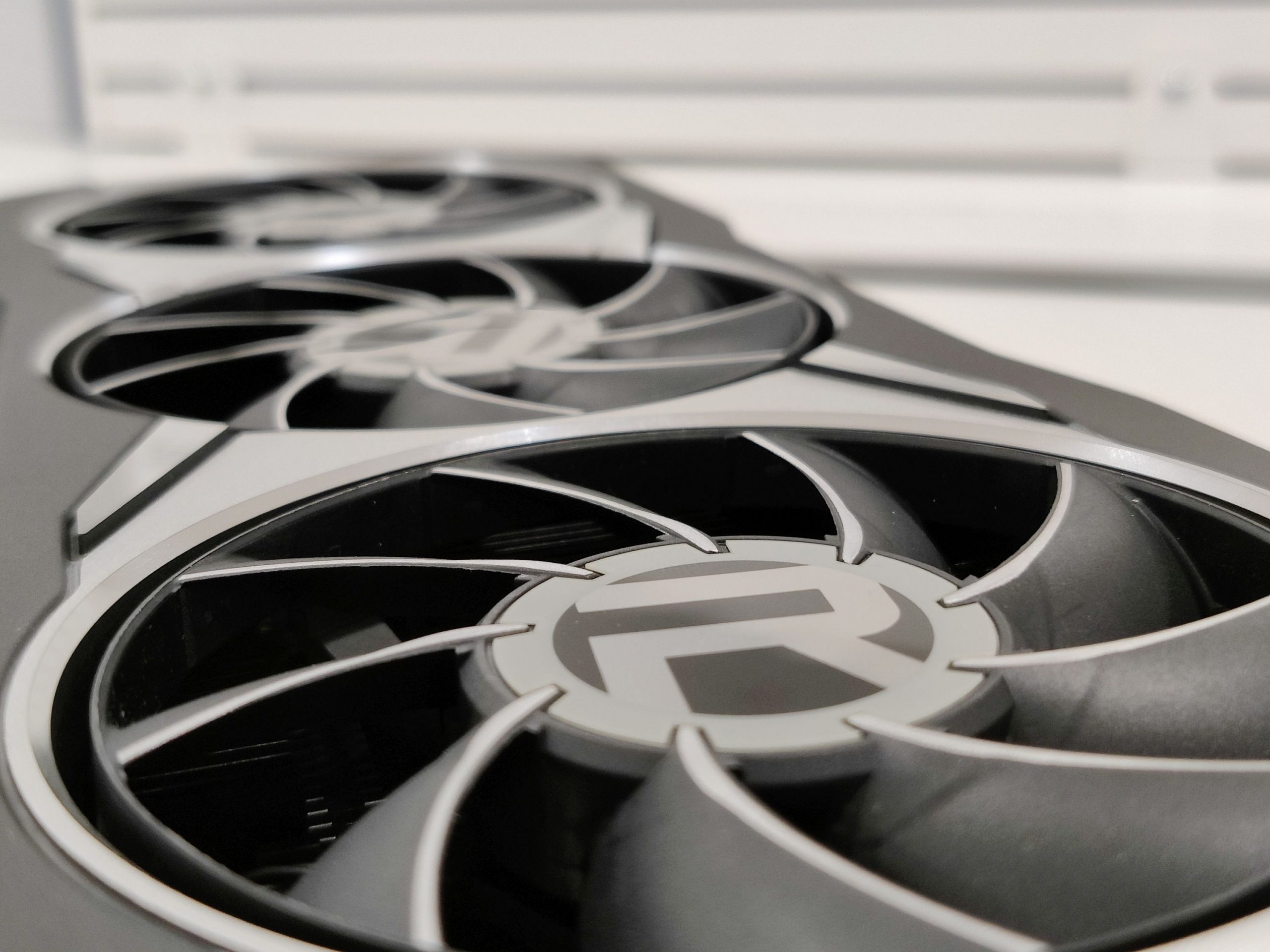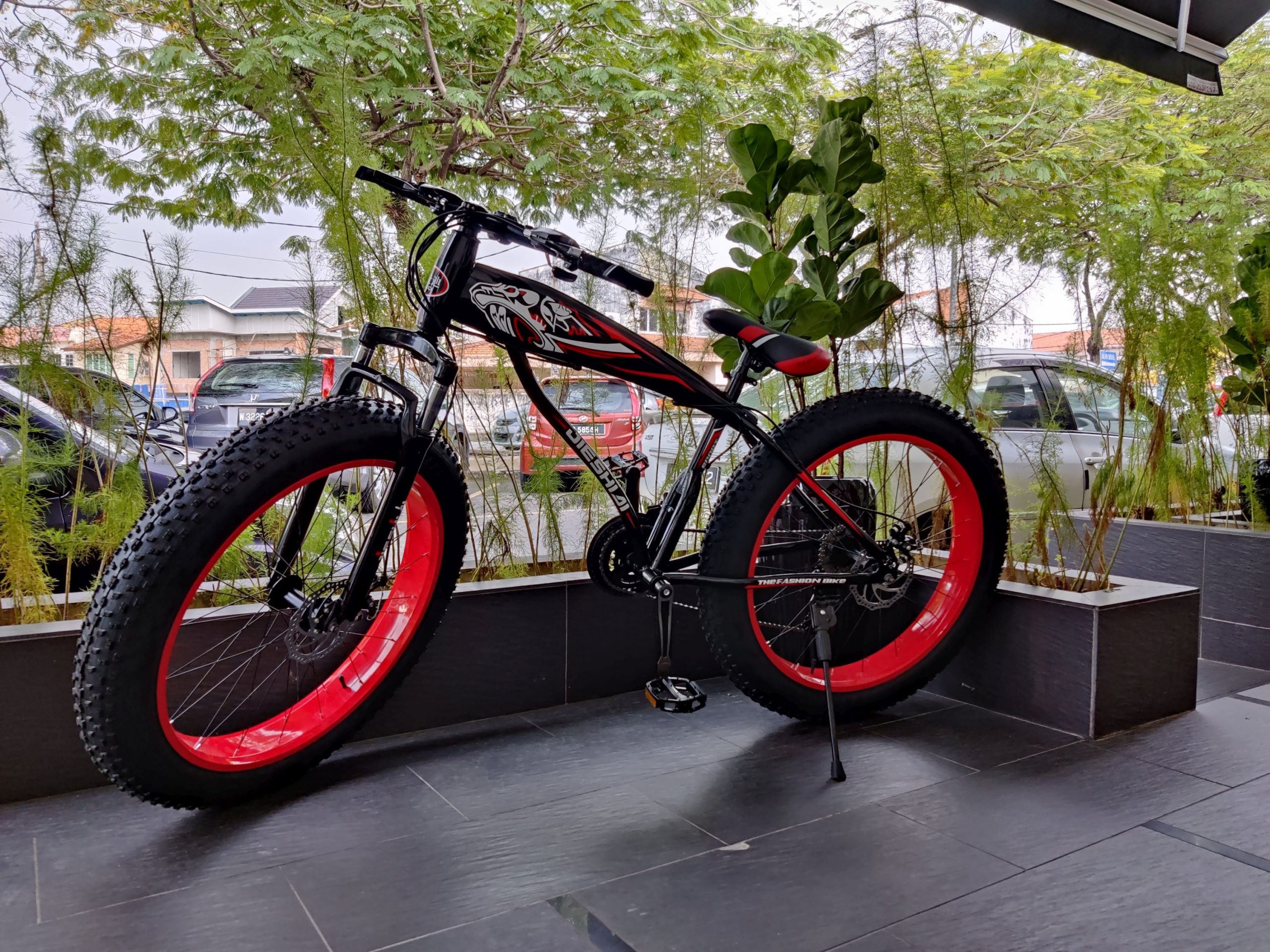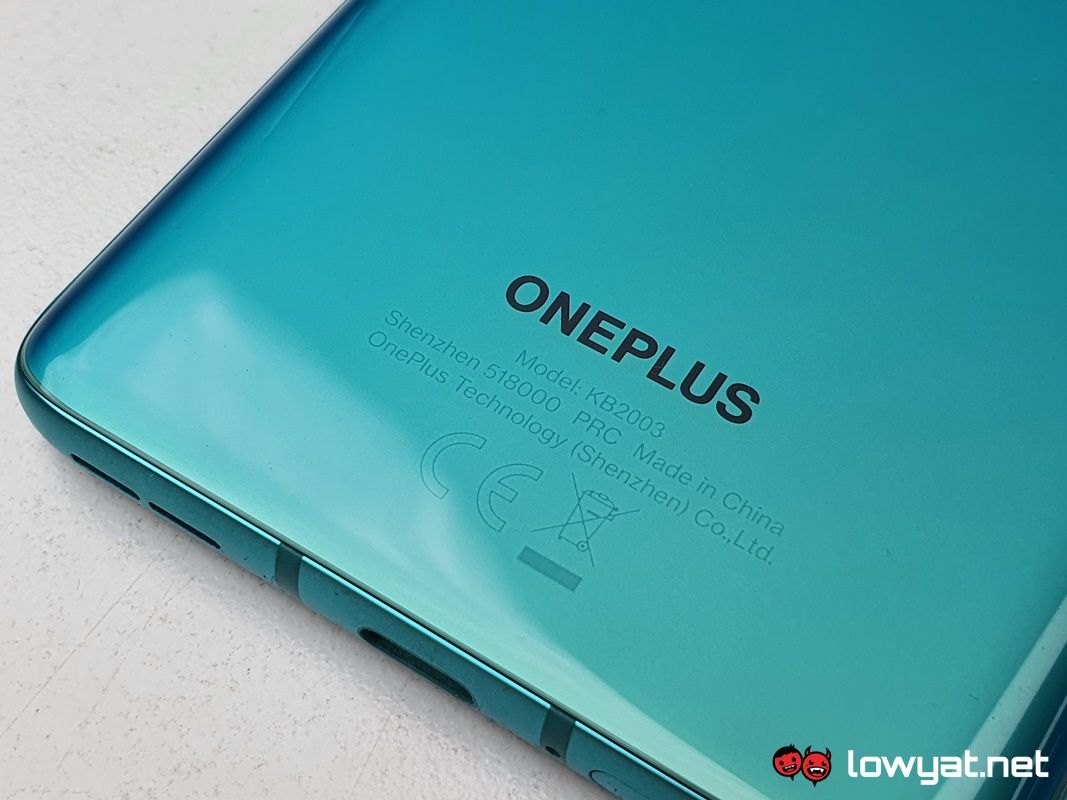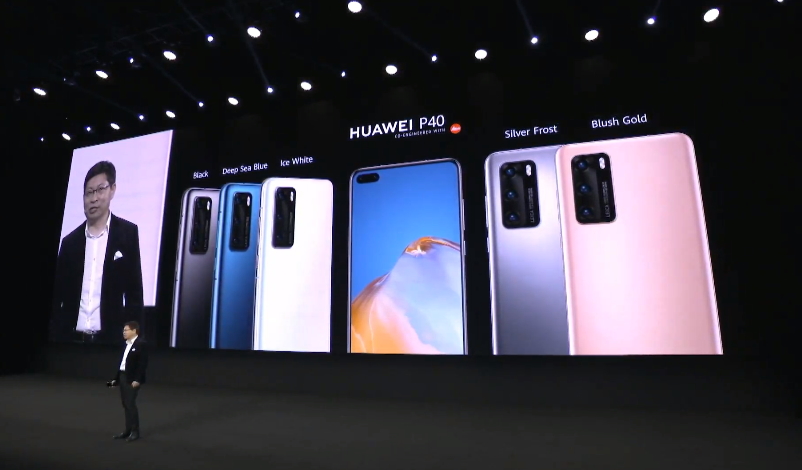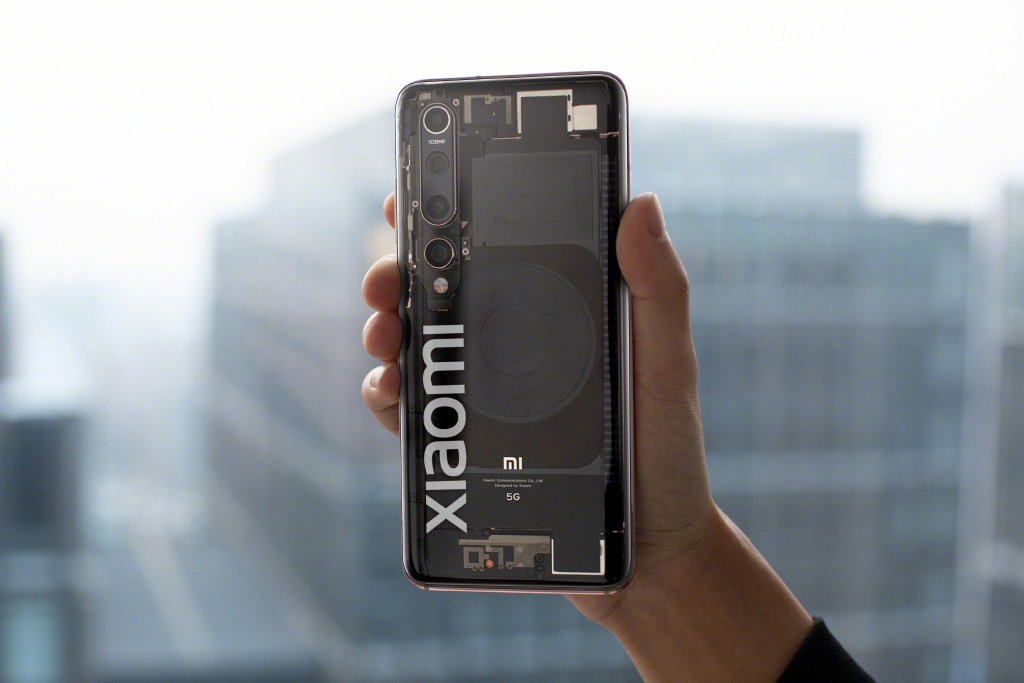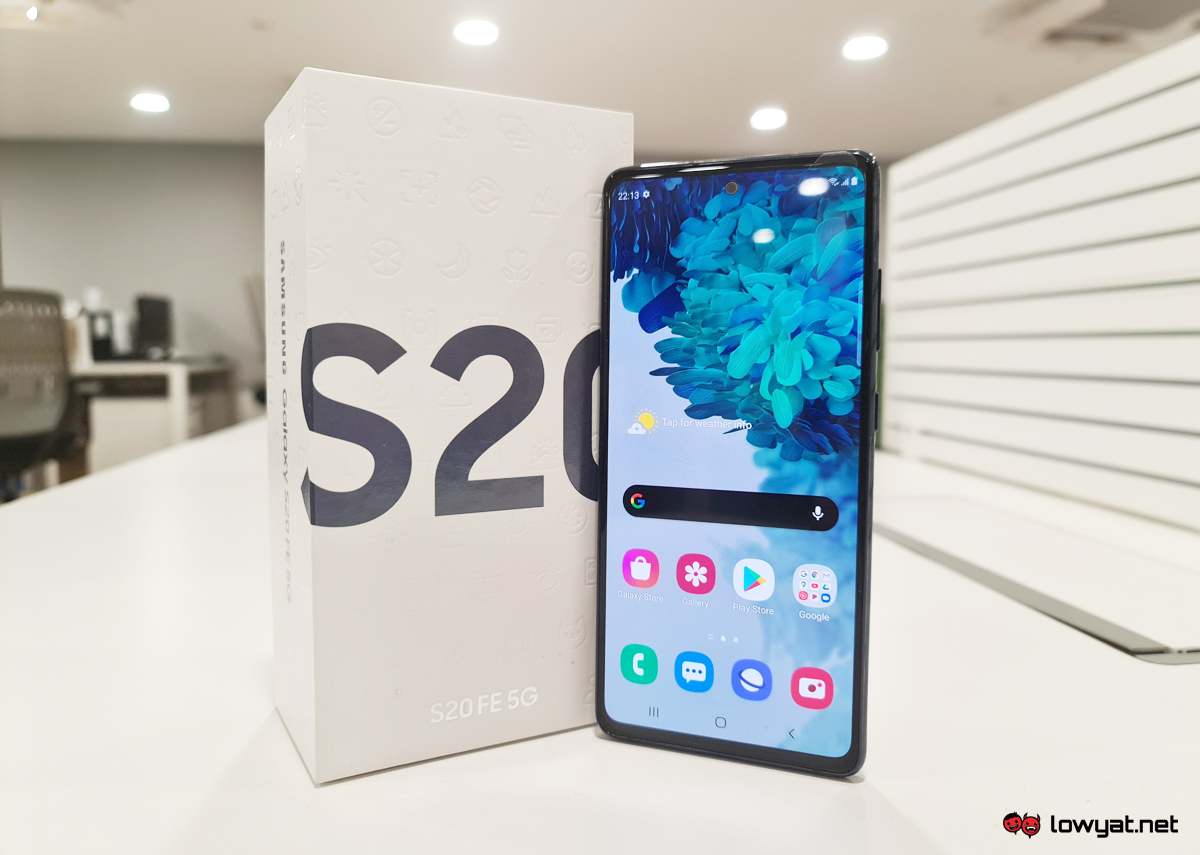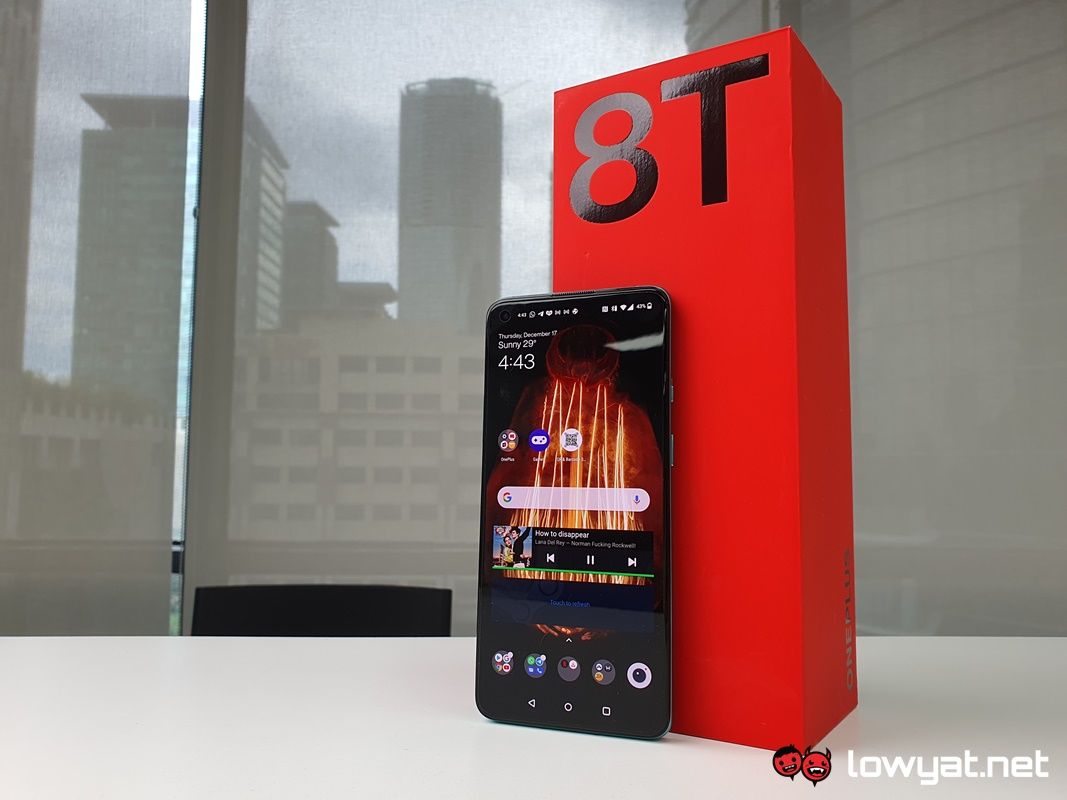So, without further ado, let’s take a look at what these changes are and what they bring to the table for OnePlus fans, both new and returning.
Specifications
Design
The first aesthetic feature you’ll probably notice is the display. Where both the OnePlus 8 and OnePlus 8 Pro had curved displays, the brand decided to go the flat route with the OnePlus 8T, but that’s not necessarily a bad thing.
That smooth, smooth 120Hz refresh rate.
First, the display’s refresh rate has been bumped up from 90Hz to 120Hz; if you are not able to tell the difference between the two models, believe me when I say that you would be forgiven. If you’re making the jump from 60Hz to 90Hz, then the difference is, as I have mentioned several times before, will be like the Sun and Moon to your eyes. The shift from 90Hz to 120Hz, though, is far less of a grand experience, but that doesn’t mean the difference isn’t there. For me, I appreciate that higher polling rate and smoother scrolling experience that comes with 120Hz.
Moving on, having a display panel without any curves means also translates to a better handling experience and less fear of its accidentally slipping out of my hand. That, and the smaller size of both the OnePlus 8 and OnePlus 8T play are not plus-sized devices. Having said that, the OnePlus 8T is still rocking some curves and they’re found around the back. On that note, the back of the phone is made of glass and due to the unique Aquamarine Green colour scheme, there is little fear of it being a fingerprint magnet if you’re choosing to use the phone naked. Of course, it goes without saying that the phone has a couple of casings to choose from if you’re looking to encase it. Personally, I chose the Quantum Bumper casing.
Main camera module just looks fabulous.
There is also the shape of the OnePlus 8T’s main camera module position, something that I find rather appealing. Instead of retaining the same, single-file design right in the middle of the back, the brand has shifted it to the side, housing its four sensors within a rectangular module. It’s a far more pleasing aesthetic, and one that OnePlus also took great liberties of literally extending with the Cyberpunk 2077 Edition of the phone.
Beyond these changes, though, almost everything about the phone is a familiar sight. You’ve still got the selfie camera situated at the top-left corner of the display, and the button layout is identical to its older siblings, right down to 3-presets slider located above the power button. Oh, and there’s the USB-C port at the bottom, which supports OnePlus’ new WarpCharge 65W fast-charging technology.
User Experience
Off the bat, the software experience with the OnePlus 8T is fluid, lightning-fast, and very responsive. Like previous versions of the OxygenOS, OxygenOS 11 feels well-tuned, with its performance being what I would expect from OnePlus’ devices. Stating the obvious, apps load fast and switching between multiple apps – all opened at once – is seamless, and more importantly, lag is virtually non-existent.
The display is brilliant but not without its flaws.
There’s also more to the display than just its 120Hz refresh rate. Content, reading and media, look sharp and crisp, but I have noticed a couple of flaws with it. One such issue being that the display suffers from the dreaded “green screen” effect. To be clear, it’s actually quite minor, but the effect is only seen with certain apps in play. The good news is that the problem is limited to just the sides of the display. The second issue is how the security screen looks washed out whenever it’s brought up. Again, and just like the first issue, it’s not widespread and seems isolated to just that one section. Having said that, it is still one of the better implementations of a 120Hz display on a device, especially one that isn’t a battery vampire. More on that later.
For another matter, I love how fast the phone’s facial recognition still is; while I may have set it to only open upon swiping, the delay between waking up the phone and having the front-facing camera recognising my horrendous mug is virtually non-existent and allowing me to complete the unlocking rituals. Of course, this isn’t me saying that the in-display fingerprint scanner is broken or unreliable. It is still one of the best features of the phone and if I’m honest, one of the best implementations I have come across, to date.
Moving on, the OnePlus 8T’s performance is what one can expect from a phone powered by Qualcomm’s Snapdragon 865 SoC and, with this particular variant, 12GB of RAM. The phone has no trouble crushing the synthetic benchmarks I throw at its, and while I rarely play games on the phone. It is clear that the phone is designed for both a fuss-free, lag-free visual gaming experience.
The legs on these batteries.
But one long-standing feature and selling point of the OnePlus series of late is its battery and by the Gods, is it enduring. Just when I think nothing could come close to battery longevity on the OnePlus 8 and OnePlus 8 Pro, the brand decides to outdo itself with the OnePlus 8T and its dual-cell 4500mAh battery.
As my daily driver, my average use time of the phone gave me very close to three days before its battery dwindles down into single-digit territory and begins crying out for a recharge. As a media player for binging on Netflix and YouTube, the phone delivers close to 13 hours of continuous playback and that’s with the display brightness locked in at around 60%. And then there’s charging, or in this case, the WarpCharge 65W charging adapter. With it, the OnePlus 8T goes from single-digit power to 100% in just over 20 (count that, 20!) minutes.
Camera
While I would like very much to say that the main camera of the OnePlus 8T is identical to its non-T sibling, it’s very clearly not the case. Instead of the three sensors, it is now a quad-camera module. Sure, it’s got the same 48MP main wide sensor, but the ultra-wide 16MP sensor has been tweaked in order to deliver slightly wider shots. Additionally, the macro sensor has also been bumped up to 5MP, allowing for more detailed shots of subjects up-close. To top it all off, there’s a 2MP depth sensor.
Then, as now, the OnePlus 8T offers the option to switch between shooting in 12MP, which is the default resolution or switching over to the full 48MP. Bear in mind, while I do retain more detail with the latter, its dynamic range is still restricted and you lose zoom functions. That said, I will not recommend this phone for long-range mobile photography, on account of its lack of a telephoto lens.
Sample Images
Competition
Despite being stuck between its non-T and Pro siblings, competition for the OnePlus 8T really hasn’t changed since my review of the two phones, save for one or two models in the following months. Here are some devices that will either match the phone or give it a run for its money.
Huawei P40
If you’re willing to look past the obvious absence of Google Mobile Services (GMS), the Huawei P40 is a camera phone that is within the same price bracket as the OnePlus 8T. Beneath the hood, it’s rocking Huawei’s Kirin 990 5G SoC, between 6GB and 8GB of RAM, and up to 256GB of internal storage. It’s OLED display is slightly smaller at 6.1-inches and lacks a high refresh rate, but on the other hand, its main triple-camera system houses a 50MP wide main sensor, an 8MP telephoto, and a 16MP ultrawide; a combination that produces some of the most detailed photos by a phone. Price-wise, the P40 currently retails for RM2799.
Xiaomi Mi 10 5G
It may have been more a little more than half a year since its launch, but there’s no denying that Xiaomi’s Mi 10 5G is still worth the consideration as an alternative to OnePlus 8T. Just as it was with the OnePlus 8, it’s starting SRP is nearly identical to the OnePlus 8T at RM2799. For that price, you get 8GB LPDDR5 RAM and 128GB of storage. Further, the 6.67-inch Full HD+ high refresh rate display, albeit at just 90Hz. Its main camera is also a bump up from the OnePlus 8T; instead of the 48MP Sony IMX586, the main quad-camera module houses 108MP main sensor from Samsung, a 13MP ultra-wide, a 2MP depth sensor, and a 2MP macro lens. Oh, and it also supports 30W fast-charging, both wired and wirelessly.
Samsung Galaxy S20 FE
The Samsung Galaxy S20 FE was, by and large, the Korean tech giant’s pleasant surprise of this godforsaken year. As a late-entry to this year’s Galaxy S20 series, the S20 FE is unique in that it ships out with a Qualcomm Snapdragon 865 SoC, instead of Samsung’s Exynos 990 chipset. Additionally, the phone sports a 6.5-inch SUPER AMOLED Full HD display with a 120Hz refresh rate, 8GB RAM, and 256GB of expandable storage. Powering it all is a 4500mAh battery that supports 25W fast-charging. For its camera, the main module of the Galaxy S20 FE is similar to that of the S20 and S20 Plus, but trades the 64MP telephoto for an 8MP instead. Specifically, we’re looking at a 12MP Wide, 12MP ultrawide, and a 8MP telephoto with 3x optical zoom and 30x “Super Resolution Zoom”. Price-wise, the phone retails at RM3399.
Conclusion
When the OnePlus 8 made its debut earlier this year, I said that recommending it was a little difficult, especially seeing how the OnePlus 7 Pro would have been a better choice, primarily due to its camera performance. In a way, the creation of the OnePlus 8T is essentially the brand’s response and, quite possibly, way of making amends for what its predecessor was lacking.
The OnePlus 8T is everything the OnePlus 8 isn’t, and perhaps a little more.
If you’re only just jumping on to the OnePlus bandwagon but you’re looking to go all the way with the OnePlus 8 Pro, believe me when I tell you: the OnePlus 8T is definitely a worth putting aside the RM2699 or RM2999 (depending on your choice) for, and you’re definitely in for some good first impressions. For those familiar with the brand or are planning on upgrading your phones from an older generation of OnePlus’ phones, rest assured, now is just a good a time as any.
